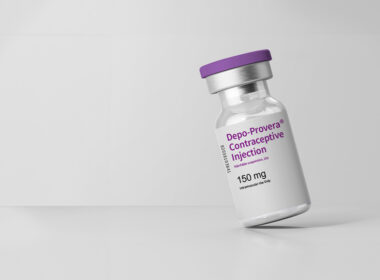Have you ever lost a loved one, or developed a terrible health complication right after a medical consultation, and you could swear the medical personnel involved were the direct cause of damages? Well, the next step would be to file a medical malpractice lawsuit against this medical professional.
Unfortunately, the loss of a loved one or the worsening of a medical condition right after the intervention of a medical practitioner is not enough reason to start or even win a medical malpractice claim. You need sufficient proof.
85,000 medical malpractice lawsuits are filed every year in the US alone. The greater majority of these cases are from New York City, but only about 7% of them end up in trial. Of the 7% that make it to trial, a shocking 80% are ruled in favor of the defendants. This tells you that medical malpractice cases are difficult battles to win.
But for the few cases that are won, what’s the secret? What do you need to win a medical malpractice lawsuit in New York CIty?
If you have these questions in mind, then this article is for you. Discover the 4 most important elements that must be proven, to win a medical malpractice claim in the City of New York.
4 Elements a medical Malpractice claim must reveal
Before we move on, what really is medical malpractice?
Medical malpractice is defined as any act or omission by a physician during the treatment of a patient that deviates from accepted norms of practice in the medical community and causes an injury to the patient ( B. Sonny Bal, 2008).
Medical malpractice has been identified as the third major cause of death in patients in the USA after heart disease and cancer.
Two critical laws to investigate before you file a malpractice claim
i) The statute of Limitations
In the USA, particularly in New York City,multiple laws governn medical malpractice claims. One of such laws is the statute of limitations that stipulates the time frame within which a patient is allowed to file a medical malpractice suit.
And if your case fails to meet the statute of limitations, then you have no case to begin with. So before you file that claim, talk to your attorney regarding the statute of limitations.
The New York civil practice law and rules section 214-a states that “starting from the day when you were injured or harmed as a result of a health care professional’s medical error, you have two and a half years to get your lawsuit filed in New York”. However, if the medical negligence occurs within a continuous treatment process, the 30-month period is counted from the day of the last treatment.
ii) Cases involving minors or “insane” plaintiffs.
The New York Civil Practice Law and Rules section 208, states that for cases involving minors, or plaintiffs who were insane, the statute of limitations can be tolled until they turn 18 or are no longer mentally disabled. (must not exceed 10 years after the alleged malpractice).
You should confirm that you fall within these limits before you can file a malpractice lawsuit.
Here are the 4 most important points to prove, to win a medical malpractice lawsuit.
- Duty
You should be able to prove that the defendant had a professional duty of care towards you – without which, your case has no basis. This could be quite easy to prove. Once a doctor to patient relationship is established, the doctor has the obligation to provide an utmost level of care towards his patient .
It is worth noting that the standard of care expected of a medical practitioner doesn’t require him/her to be perfect but to exercise a certain degree of care that is expected in a particular situation, relative to what other experts would do under the same conditions.
- Breach of Duty
After establishing a doctor-patient relationship, the plaintiff must be able to prove that the medical practitioner failed in their duty to provide quality medical care, and is thus in breach of the hippocratic oath of providing the best treatment to his/her patients.
You are required to prove that the doctor didn’t provide the acceptable standard of care. The best option is to share your medical records with your attorney, so they can go through and find what you won’t be able to find – real evidence.
However, a breach of care in itself will be meaningless unless it is a direct cause of injury to the patient, which leads us to our third element.
- Injury
You must be able to prove that the medical practitioner’s negligence is the cause of your injuries. When you can show a judge that the harm you’ve incurred is a direct result of the medical practitioner’s failure to provide the required level of health care, your case is on its way to victory.
But how do you prove injury? Talk to another medical professional. Ideally, you’ll need them to provide a sworn testimony of their analysis, confirming that indeed a colleague has made a mistake.
- Damages
Unfortunately, according to our laws, not all damages are worth compensation. So the degree of damage is another important element to demonstrate, if you must win your malpractice case. These damages come in two forms
- Economic damages which can be proven with the patient’s medical bills, lost wages, or the loss of a job.
- Non-economic damages which involve the pain, hurt and trauma experienced as a result of the medical practitioner’s negligence.
Final thoughts
Medical malpractice cases are quite tough to pull through. If you’re going to win a malpractice case, the above four elements must be clearly present in your lawsuit, and considered viable in court. Duty, Breach, Injury and damages are the four pillars necessary for winning a malpractice claim.












